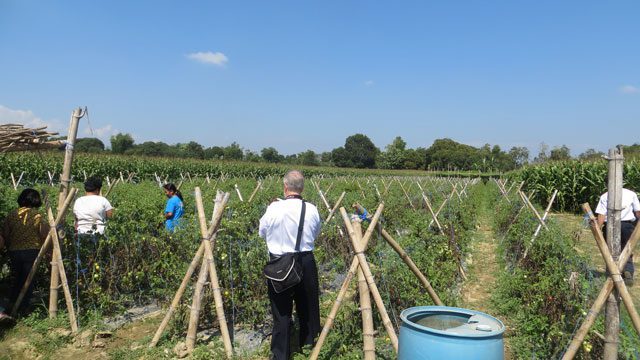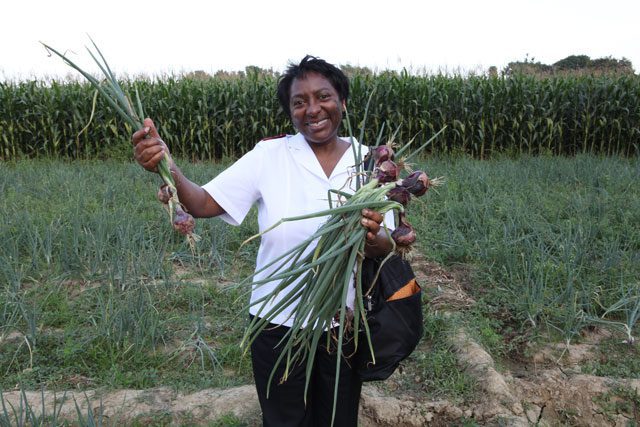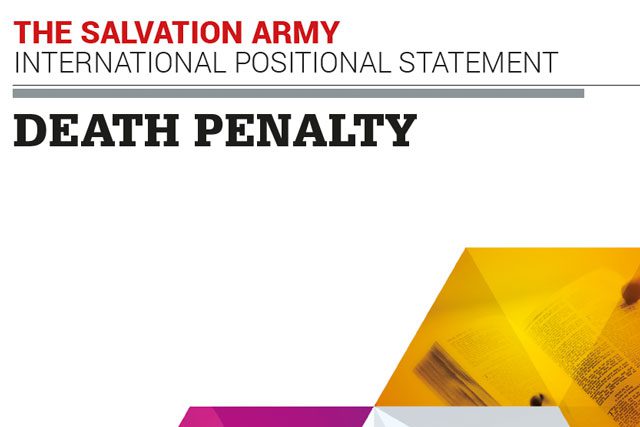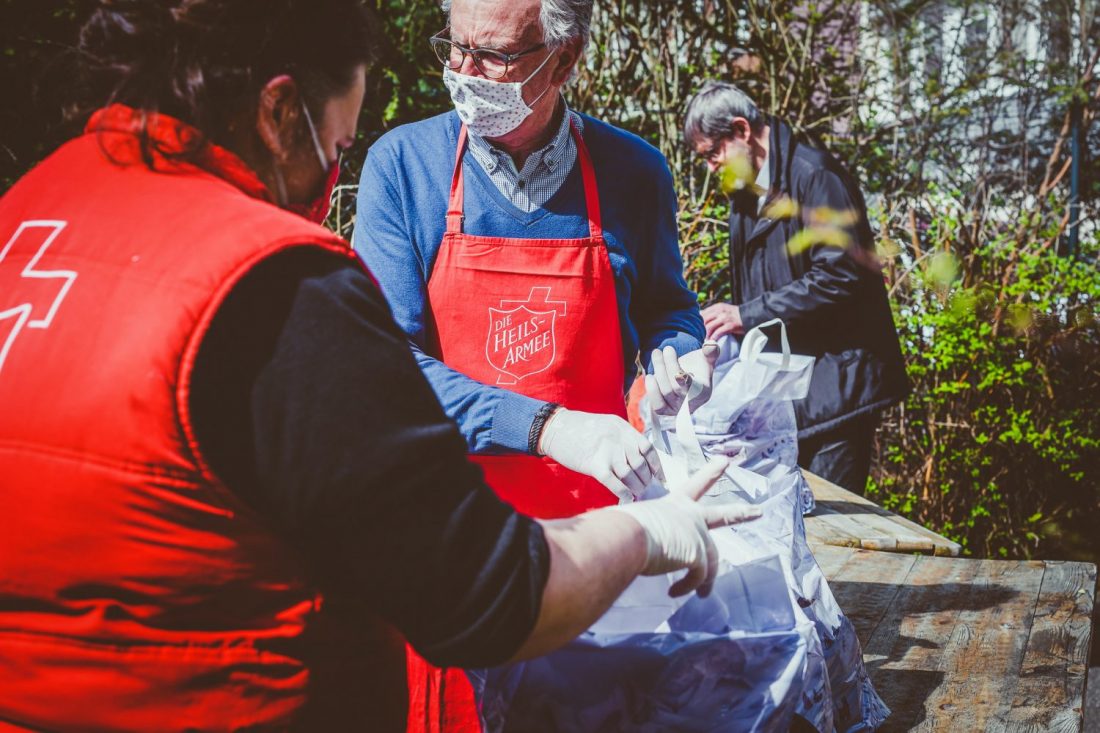Farming loans could be model for future
By Erica Andrews –
 Imagine you’re a farmer with mouths to feed and no money to buy seeds. That means no crop to harvest and no food to eat or sell. A loan could mean high interest rates, maybe even bankruptcy. What do you do?
Imagine you’re a farmer with mouths to feed and no money to buy seeds. That means no crop to harvest and no food to eat or sell. A loan could mean high interest rates, maybe even bankruptcy. What do you do?
Enter The Salvation Army and its farming microloan.
In the Philippines, the Army offers small loans to farmers who use the money to buy seeds or animals. Once the crop is reaped and sold, the farmer repays the loan with 3 percent interest out of the profit, which helps the Army and the farmer to be self-sufficient.
“So now the corps and the families themselves are gaining, improving and becoming more self-sufficient and because they’re tied in on their new income to the corps, the corps becomes self-sufficient,” said David Harmon, director of world missions and overseas child sponsorship in the Western Territory. “That was exciting to me in addition to being fascinated by really an ingenious scheme to self-sufficiency.”
World Bank research shows that an estimated 2.5 billion working-age adults—over half of the world’s adult population—have no access to the types of formal financial services delivered by regulated financial institutions. A microloan helps in this situation by offering a small, short-term loan at low interest, especially to a start-up company or self-employed person.
 This way of building independence is flourishing in the Philippines, so the West sent a team to see it firsthand and better understand how it’s done. The team included Majors David and Linda Harmon; Majors John and Lani Chamness, divisional commanders for the Hawaiian and Pacific Islands Division; and Major George Rodriguera, corps officer in Kaneohe, Hawaii.
This way of building independence is flourishing in the Philippines, so the West sent a team to see it firsthand and better understand how it’s done. The team included Majors David and Linda Harmon; Majors John and Lani Chamness, divisional commanders for the Hawaiian and Pacific Islands Division; and Major George Rodriguera, corps officer in Kaneohe, Hawaii.
Rodriguera grew up in the Philippines, emigrating in 1970 at age 20 to Hawaii with the help of a Salvation Army officer who sponsored him in the U.S.
“This was my first trip back to the Philippines as a Salvation Army officer,” Rodriguera said. “For me just going home there and to see a lot more soldiers, a lot more corps and how large the Army is really touched me. I think about all of the pioneer officers and what they did. It was worth it.”
 In helping to build sustainable businesses, the goal is independence, according to Professor Adlai Wertman, an expert on nonprofit management and social entrepreneurship at the University of Southern California.
In helping to build sustainable businesses, the goal is independence, according to Professor Adlai Wertman, an expert on nonprofit management and social entrepreneurship at the University of Southern California.
“We want to help them get to a point where they don’t need help,” Wertman said. “The best work in my opinion being done is building economies and training people for jobs and educating people so that they’re able to create their own ability to help themselves.”
Harmon wants to implement this idea in Southeast Alaska and Micronesia, funded areas of the West that are working toward self-reliance.
“With the exception of Guam, which raises a lot of its own support, the rest of Micronesia is nearly dependent on Salvation Army funding,” Harmon said. “The other section is Southeast Alaska, which runs along the coast and has been largely dependent on outside funding as well. Our goal is to help them become self-sufficient.”
Both Harmon and Chamness understand that each community is unique and will have separate needs in a viable business model. They are seeking input from Alaska and Micronesia on what locals believe will work best.
“We want to put that question at them; they’re adults,” Harmon said. “We want to get them together and say, ‘what are you going to do if in two, three or five years from now that stream of income from headquarters begins to dry up or diminish? What are you going to do, how are you going to preserve what you have?’”
Harmon wants to see the strategies actualized by the end of this year, and to implement a program to train divisional leaders to be mission-minded and to encourage self-reliance versus dependency.
[gss ids=”7676,7672,7675,7678,7677,7674,7673,7671″]











